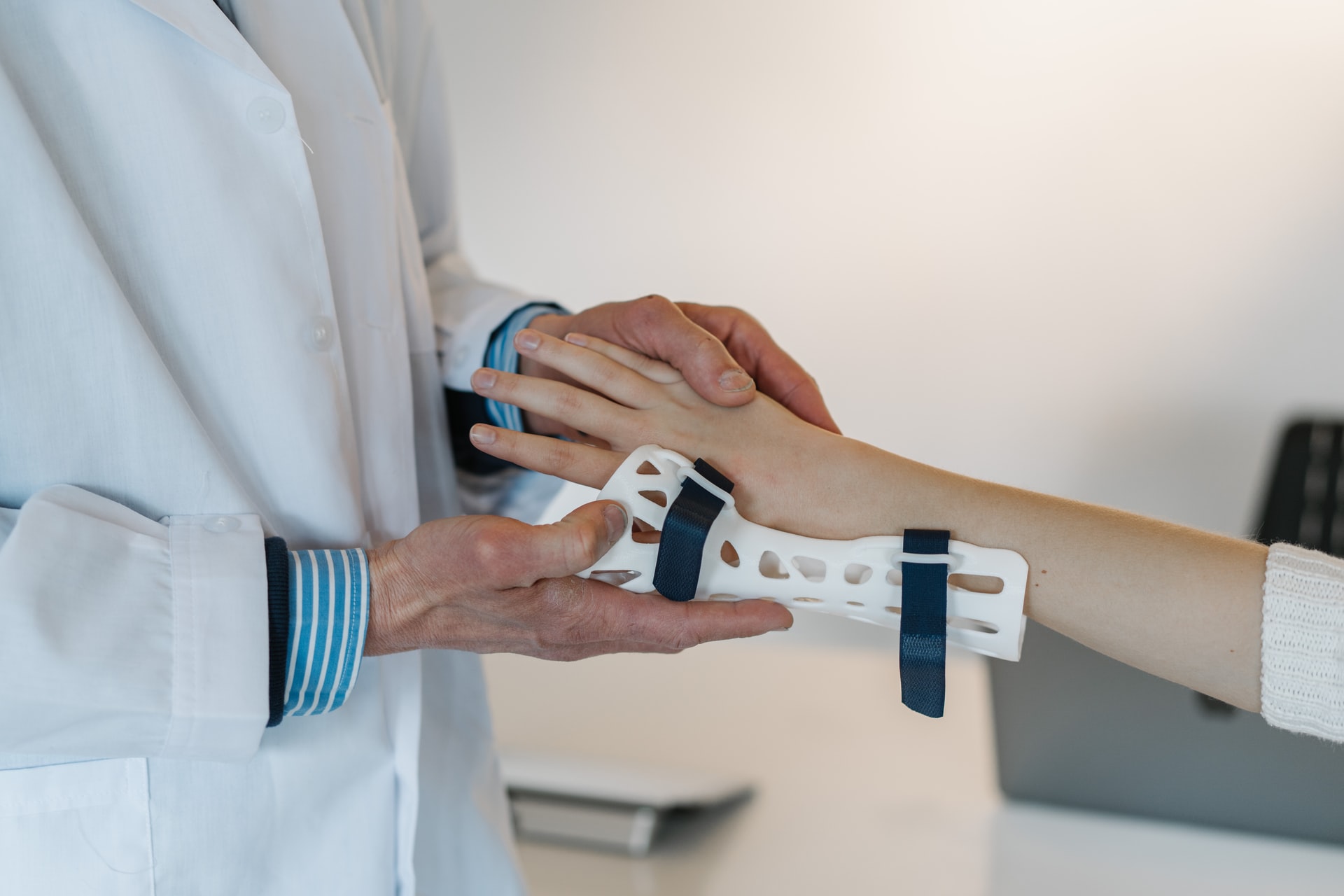Internet ubiquity means that search engines are the first place individuals look for health information. According to government statistics, eight in ten American adults search for health information online. However, the seemingly convenient method of acquiring health information can yield confusion. A case in point is when search queries like “bone doctor” and “muscle doctor” yield different search results like “orthopedic surgeon” and “hip and knee orthopaedics“ in the search results.
Differentiating between orthopedic and orthopaedic can prove challenging for someone lacking medical training. If this is troubling you, keep reading to learn any differences between the two terms.
Table of Contents
The Difference Between Orthopedic and Orthopaedic?
The words orthopedic and orthopaedic share ten letters of the alphabet, except for the “a” in orthopaedic. They are both alternate spellings referring to the same medical specialty.
Orthopedic is the preferred spelling variation in the US, while orthopaedic is preferable in the UK and most commonwealth countries. Moreover, the spelling variations are not cast in stone even within the borders because most US-based academic institutions and professional organizations use the original British orthopaedic spelling.
Therefore, whether the two spelling variations matter depends on which side of the world you reside. However, your curiosity about orthopedics does not have to end on such an anticlimax. You can keep reading to learn the history of orthopedics, who an orthopedist is, what they do, and when a visit to one is necessary.

The History of Orthopedics (The Practice)
According to one historical account, the term orthopedics was coined in the 1700s. The account alludes to Nicolas Andry, a French doctor who wrote a book titled L’orthopedie in 1741. “Ortho” and “pedie” are Greek words for “straight” and “child,” meaning L’orthopedie explores methods for straightening pediatric limbs.
While the first use of the term orthopedic was in the 18th century, the historical account above highlights that the orthopedic practice began with early man. Moreover, artifacts from Egyptian, Roman, and Greek civilizations also show orthopedic techniques that improved substantially on the early man’s techniques.
Orthopedic techniques also advanced during the renaissance period (between the 14th century to the 17th century) to include surgical techniques and cater to patients outside the pediatric age group. Fast-forward to the 20th century, with the development of x-ray machines, easy access to hospitals, sterilized environments, and medication, among other techniques, orthopedic techniques have advanced more than ever.
What is Orthopedics, and Who Is An Orthopedist?
Orthopedics is a medical field focusing on diagnosing, treating, rehabilitation, and preventing health conditions and injuries that affect the musculoskeletal system. The musculoskeletal or locomotor system refers to constituent tissues and structural elements that support your body’s weight and movement and connects other body tissues and organs. Its constituent includes the bones (body skeleton), muscles, tendons, joints, cartilage, and ligaments.
An orthopedist, better known as an orthopedic doctor or orthopedic surgeon, specializes in treating and rehabilitating injuries and diseases affecting the musculoskeletal system. Such conditions include the following
- Bone diseases like arthritis and osteoporosis
- sports injuries
- Spine disc diseases like herniated disk
- Club foot and bowed legs
- Hip dysplasia
- Tumors leading to bone cancer
- Back pain
- Trauma to the musculoskeletal system
- Fractures
- Spine deformities
Since the musculoskeletal system is elaborate, orthopedic doctors select orthopedic specialty areas. An orthopedist in the US must study for 14 years to acquire a board certification and undertake lifelong learning, including oral and written exams, to keep up with upcoming treatments and diagnoses.
Here are the primary orthopedic specialty areas:
- General orthopedics
- Foot and ankle orthopedics
- Hip and knee orthopedics
- Shoulder and elbow orthopedics
- Townsville hand therapy and surgery
- Pediatric orthopedics
- Sports medicine
- Orthopedic spine specialist
- Orthopedic oncology
- Orthopedic trauma doctor
- Osseointegration
Do Orthopedic Doctors/ Surgeons Always Perform Surgery?
Orthopedic doctors are qualified surgeons and can perform successful surgeries to treat various musculoskeletal health issues. However, surgeries are always a last resort and only come to play when less invasive treatments do not apply or are ineffective.
Certified orthopedic doctors or surgeons have to keep up with non-surgical courses of treatment as research becomes available. Here are some of the non-surgical orthopedic treatments available:
- Physical therapy: Applies for muscle weakness or overuse and helps condition the affected muscle, restoring optimal function. The orthopedic doctor can prescribe physiotherapy sessions or guide you or a caregiver on how to condition the muscles at home.
- Medication: An Orthopedic doctor may also prescribe anti-inflammation medication to ease swelling. They can also prescribe stronger medications, depending on the situation.
- Viscosupplementation: Primary involved in arthritis, viscosupplementation entails injecting hyaluronic acid into the affected joint to facilitate lubrication and ease swelling.
- Corticosteroid injections: Administered directly into targeted areas to ease inflammation and pain
The above list is non-exhaustive; therefore, you can consult the orthopedist on other viable, less invasive treatments for your condition.
When Should You See An Orthopedic Doctor
- When you have an apparent decrease in range of motion
- If you are experiencing chronic pain (persistent pain exceeding three months)
- If you experience stiffness and discomfort
- If you are having difficulty using specific body organs, e.g., a specific joint
- If you are having difficulty performing specific functions, e.g., walking up a staircase
- If you have an injury that remains painful and swollen for over 48 hours
Moreover, primary care physicians (PCP) can also refer you to an orthopedic doctor if necessary.
Conclusion
Regardless of how you spell it, orthopedics or orthopaedics is an integral medical discipline, helping improve the quality of life for many patients. Therefore, schedule an appointment to see a certified orthopedic doctor and get tips on maintaining your musculoskeletal health.

